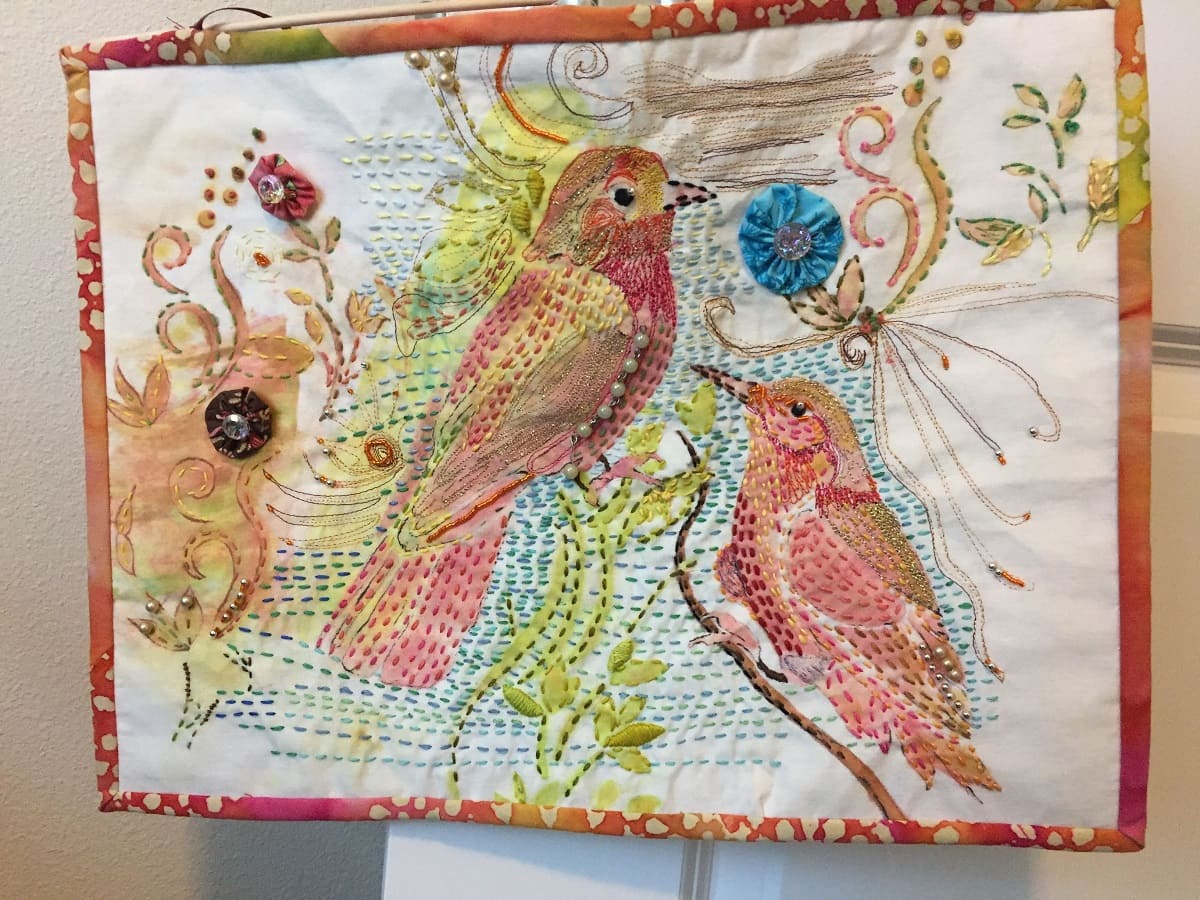

Articles
How To Make An Art Quilt
Modified: February 22, 2024
Discover the art of creating beautiful quilts with our informative articles. Learn different techniques and tips to make your own unique art quilt.
(Many of the links in this article redirect to a specific reviewed product. Your purchase of these products through affiliate links helps to generate commission for Storables.com, at no extra cost. Learn more)
Introduction
Art quilting is a unique and versatile form of artistic expression that combines the aesthetics of quilting with the creativity of traditional art. It allows for personal interpretation, experimentation, and the use of various techniques to create stunning pieces of textile art.
Whether you’re a seasoned quilter looking to branch out into the world of art quilting or a complete beginner eager to explore this fascinating craft, this article will guide you through the process of creating your own art quilt. From selecting the right materials to adding the finishing touches, you’ll learn everything you need to know to bring your artistic vision to life.
But first, let’s understand what sets art quilts apart from traditional quilts. While traditional quilts focus primarily on functionality and utility, art quilts prioritize artistic expression and visual impact. They often incorporate unconventional materials, innovative techniques, and intricate designs to create one-of-a-kind masterpieces.
Art quilting allows you to break free from the constraints of traditional patterns and rules, encouraging you to explore your creativity and experiment with different techniques. It’s an ideal medium for self-expression and storytelling, enabling you to convey emotions, ideas, and narratives through fabric, color, texture, and design.
Unlike traditional quilts that are mainly made for beds or functional purposes, art quilts are intended to be displayed as works of art. They can be hung on walls, showcased in galleries, or entered into quilt shows and competitions. The possibilities are endless, making art quilting a truly exciting and fulfilling artistic endeavor.
In the following sections, we will delve into the step-by-step process of creating your own art quilt. From choosing materials and tools to adding dimension and embellishments, you’ll gain the knowledge and skills necessary to embark on your art quilting journey.
So, let’s dive in and discover the enticing world of art quilting, where fabric becomes your canvas, and stitches become your brushstrokes.
Key Takeaways:
- Art quilting is a dynamic fusion of traditional quilting and artistic expression, offering limitless creative freedom and the opportunity to convey emotions, ideas, and narratives through fabric, color, texture, and design.
- From selecting materials and tools to adding the final touches, every step in the art quilting process contributes to the creation of a unique textile masterpiece, allowing for exploration, experimentation, and personal interpretation.
Read more: How To Make A Quilt
Choosing Materials and Tools
When it comes to art quilting, selecting the right materials and tools is crucial for achieving the desired outcome. Let’s explore the key components you’ll need to consider.
Fabric: Start by choosing high-quality fabrics that will enhance the overall visual appeal of your art quilt. Consider the color, texture, and pattern of the fabric, as it will greatly impact the aesthetic of your final piece. Experiment with different types of fabric, such as cotton, silk, or even unconventional materials like organza or velvet, to add depth and dimension to your art quilt.
Thread: Opt for threads that complement your fabric choices and add visual interest to your quilt. Consider using threads in contrasting or complementary colors to create bold or subtle effects. Additionally, explore different thread weights to achieve varied texture and emphasis on specific areas of your quilt.
Batting: Batting is the layer between the quilt top and the backing fabric that adds loft, warmth, and dimension to your quilt. Consider the loft and weight of the batting depending on the desired effect and the overall thickness of your piece. Thinner battings are ideal for wall hangings, while thicker ones are better suited for quilts intended for snuggling.
Cutting Tools: Invest in sharp, high-quality cutting tools to ensure precision and accuracy throughout the cutting process. Rotary cutters, rulers, and self-healing cutting mats are essential tools for accurately cutting fabric pieces for your art quilt.
Marking Tools: Select markers or pencils specifically designed for fabric to mark quilting lines and patterns. These tools should be easily removable or disappear with washing to avoid leaving permanent marks on your quilt.
Sewing Machine: While hand quilting is an option, a sewing machine will save you time and allow for a more efficient and professional finish. Choose a machine that offers a variety of stitch options and adjustable speed control. Ensure it has an extension table or ample workspace to accommodate the size of your art quilt.
Embroidery and Beading Supplies: If you plan to incorporate embroidery or beading into your art quilt, gather the necessary supplies such as embroidery floss, needles, beads, sequins, and any other embellishments that will enhance your design.
Take your time to research and explore different materials and tools available in the market. Experiment with various combinations to find what works best for your artistic style and the vision you have for your art quilt. Remember, the materials and tools you choose will play a significant role in the overall success and visual impact of your finished piece.
Now that you have a good understanding of the materials and tools needed, let’s move on to the next step: selecting a design for your art quilt.
Selecting a Design
Choosing the right design for your art quilt is a crucial step that sets the foundation for the entire creative process. The design you select will be the visual representation of your artistic vision and the narrative you want to convey. Here are some tips to help you in the design selection process.
Inspiration: Start by seeking inspiration from various sources such as nature, architecture, artwork, photographs, or even your own imagination. Look for elements that resonate with you emotionally or aesthetically and fuel your creativity.
Sketching: Consider sketching rough ideas or creating mood boards to visualize your design concept. This will help you refine your ideas and make decisions about the composition, colors, and overall layout of your art quilt.
Storytelling: Think about the story or message you want to convey through your art quilt. It could be a personal experience, a social issue, or an exploration of emotions. The design elements you choose, such as symbols, imagery, or abstract shapes, should align with your intended narrative.
Composition: Pay attention to the composition of your design, including the placement and arrangement of visual elements. Explore different compositions like symmetrical, asymmetrical, or radial to create visual interest and balance within your art quilt.
Color Palette: Choose a color palette that enhances the mood and emotions you want to evoke. Consider the psychological impact of colors and their ability to convey different emotions. Experiment with analogous or complementary color schemes to create harmony or contrast within your design.
Scale and Proportion: Think about the scale and proportion of your design elements. Larger elements can create a bold statement, while smaller ones add finer details. Explore various sizes and proportions to achieve the desired visual impact.
Adaptability: Keep in mind that your chosen design should be adaptable to the medium of fabric and quilting. Consider how the design will translate into fabric and determine if any adjustments are needed to accommodate the quilting process.
Remember that the design process is iterative, and it’s perfectly okay to make changes and adjustments as you go along. Stay open to experimentation and be willing to refine your design as you gain a better understanding of how it will come to life in fabric form.
Once you have finalized your design, you’re ready to move on to the next step: preparing the fabric for your art quilt.
Preparing the Fabric
Preparing the fabric is an essential step in the art quilting process that ensures the longevity and professional finish of your art quilt. Proper preparation will help prevent shrinking, color bleeding, and distortion when you start working on your design. Follow these steps to prepare your fabric before diving into the creation of your art quilt.
Washing: Start by washing your fabric to eliminate any residual chemicals, dirt, or starches that may be present. This step is crucial, especially if you plan to use different types of fabrics with varying shrinkage rates. It is recommended to prewash all fabrics, unless you are specifically aiming for a distressed or vintage look.
Ironing: Once the fabric is washed and dried, iron it to remove any creases or wrinkles. This will provide a smooth surface for cutting and piecing your fabric together. Pay attention to the ironing temperature, using a setting appropriate for the type of fabric you are working with to avoid scorching or damaging the fibers.
Stabilizing: If you are using lightweight or delicate fabrics, consider stabilizing them to give them more structure and prevent stretching. This can be done using lightweight fusible interfacing or fabric stabilization sprays. Stabilizing will make it easier to cut and work with these fabrics without compromising their integrity.
Squaring: Make sure your fabric is square before proceeding with any cutting. Square fabric will help you achieve accurate measurements and precise piecing. Align the selvage edges and use a rotary cutter and ruler to trim any excess fabric, ensuring a perfectly square piece.
Fussy Cutting: If your design requires specific motifs or patterns from the fabric, practice the technique known as “fussy cutting.” This involves selecting and cutting specific areas of the fabric to showcase those motifs in your design. Taking the time to fussy cut will add an extra level of detail and interest to your art quilt.
Organizing: As you prepare your fabric, it’s a good idea to organize and label the pieces according to your design. This will prevent confusion and save time when you start piecing your quilt together. Use plastic bags or storage containers to keep your fabric pieces organized, ensuring easy access to each piece as you work through the quilt-making process.
By following these fabric preparation steps, you’ll set the stage for a smooth and successful art quilting journey. Taking the time to properly prepare your fabric will not only improve the overall quality of your art quilt but also provide a solid foundation for the subsequent steps of cutting, piecing, and embellishing your masterpiece.
Now that your fabric is ready, let’s move on to the exciting process of cutting and piecing your art quilt.
Cutting and Piecing
The cutting and piecing stage is where your art quilt begins to take shape. This step involves carefully cutting your fabric into various shapes and sizes and then assembling them to create your desired design. Follow these steps to ensure precise cutting and seamless piecing for your art quilt.
1. Measure and Mark: Start by measuring and marking the dimensions of the fabric pieces according to your design. Use a rotary cutter and ruler to achieve accurate and straight cuts. Take your time and double-check your measurements before making any cuts to avoid wasting fabric.
2. Cut with Precision: Use sharp and clean rotary blades to ensure clean and accurate cuts. Take care when cutting around curves or intricate shapes. Practice patience and attention to detail to maintain the integrity of your fabric pieces.
3. Organize the Pieces: As you cut each fabric piece, organize them in a systematic way based on your design. This will make it easier to visualize the final layout of your art quilt and ensure that you have all the necessary pieces before moving on to the piecing stage.
4. Piece Together: Now, it’s time to piece your fabric together to form the design of your art quilt. Lay out the cut fabric pieces on a flat surface and follow your design plan. Pin or use fabric adhesive to hold the pieces in place before sewing.
5. Seam Allowance: When sewing the fabric pieces together, remember to account for seam allowance. Most quilters use a ¼ inch seam allowance, but you can adjust it to fit your design preferences. Sew the pieces together with a straight stitch, removing the pins or adhesive as you go along.
6. Press the Seams: After sewing each seam, press the seam allowance with an iron to set the stitches and create a flat surface. Pressing also helps the fabric lie flat and makes it easier to align subsequent seams accurately.
7. Check for Accuracy: Periodically check the accuracy of your piecing as you progress. Ensure that seams are aligned, corners are square, and the fabric lies flat. If adjustments are needed, carefully rip the seam and re-sew, maintaining the accuracy of the design.
8. Trim Excess Threads: Trim any loose threads that are visible on the front or back of your fabric, giving your art quilt a clean and professional finish.
Effective cutting and precise piecing are essential for the success of your art quilt. Take your time during this stage and double-check your measurements and design layout. Remember, accuracy and attention to detail will contribute to the overall impact and cohesion of your finished art quilt.
Now that your fabric pieces are beautifully pieced together, it’s time to explore adding another dimension to your art quilt with the technique of appliqué.
Read more: How To Make Fabric Wall Art
Creating and Adding Appliqué
Appliqué is a technique that involves attaching cut-out fabric shapes onto a base fabric to create decorative elements or add intricate details to your art quilt. It opens up a world of possibilities for adding texture, dimension, and visual interest to your design. Follow these steps to create and add appliqué to your art quilt.
1. Choose Your Appliqué Technique: There are several appliqué techniques to choose from, including raw-edge appliqué, turned-edge appliqué, fusible appliqué, and needle-turn appliqué. Each technique has its own unique look and approach, so consider your design and personal preference to select the technique that best suits your needs.
2. Prepare Your Appliqué Elements: Using your chosen technique, prepare the fabric pieces for appliqué. If using fusible appliqué, apply fusible webbing to the back of the fabric and cut out the desired shape. For turned-edge or needle-turn appliqué, trace the shape onto the fabric, leaving a seam allowance, and cut it out.
3. Position and Secure: Arrange your appliqué pieces on the base fabric according to your design. Play around with the placement until you’re satisfied with how they look. Once you’re happy with the arrangement, secure the appliqué pieces to the base fabric. For fusible appliqué, follow the manufacturer’s instructions to fuse them in place. For other techniques, use pins or temporary fabric adhesive to hold them in place.
4. Appliqué Stitching: Stitch around the edges of the appliqué pieces to secure them to the base fabric. The type of stitch you use will depend on your chosen appliqué technique. For raw-edge appliqué, a straight or zigzag stitch is commonly used. For turned-edge or needle-turn appliqué, a blind or slip stitch is often preferred to hide the stitches and create a seamless look.
5. Embellish and Enhance: Take the opportunity to further enhance your appliqué by adding additional embellishments such as embroidery, beads, sequins, or hand stitching. These embellishments can add texture, depth, and a personal touch to your art quilt.
6. Finishing Touches: Once all the appliqué and embellishments are in place, press the fabric with an iron to set the stitches and ensure a flat and crisp look. Trim any excess threads or fabric if needed.
Adding appliqué to your art quilt allows you to bring your design to life and create eye-catching focal points. It gives you the freedom to incorporate intricate details and unique elements that elevate the visual impact of your quilt.
With the appliqué process complete, it’s time to explore further ways to enhance your art quilt through embroidery and beading.
When making an art quilt, consider using a variety of fabrics, textures, and techniques to create depth and visual interest in your design. Experiment with different stitching styles and embellishments to add dimension to your quilt.
Embellishing with Embroidery and Beading
Embellishing your art quilt with embroidery and beading is a wonderful way to add intricate details, texture, and visual interest to your design. These techniques can elevate your quilt from beautiful to extraordinary, allowing you to create a unique masterpiece that captures attention. Here’s how you can incorporate embroidery and beading into your art quilt.
Embroidery:
1. Select Embroidery Stitches: Choose embroidery stitches that complement your design and enhance the overall aesthetic. There are numerous stitches to explore, such as satin stitch, chain stitch, French knots, and feather stitch. Consider the texture, shape, and pattern of your design elements when deciding on the appropriate stitch.
2. Transfer the Design: Transfer your embroidery design onto the fabric using transfer pens or pencils, or use a lightbox to trace the design directly onto the fabric. Ensure that the transfer is accurate and clearly visible for easy stitching.
3. Stitching Techniques: Start stitching your design using the selected embroidery stitches. Work slowly and carefully, following the transferred lines. Take your time to maintain even and consistent tension and create smooth, precise stitches.
4. Experiment with Thread: Explore different types of embroidery thread to add depth and dimension to your artwork. Consider using metallic thread, variegated thread, or threads with different textures to create striking visual effects.
5. Embroidery Placement: Decide where to place the embroidery within your design. Focus on areas that will benefit from the added texture or areas that need enhancement to make them stand out. Be mindful of not overcrowding your quilt; instead, strategically place the embroidery to create balance and harmony.
Beading:
1. Choose Beads: Select beads that complement your design and add a touch of sparkle or texture. Experiment with different shapes, sizes, and finishes to achieve the desired effect. Consider beads with special finishes like metallic, matte, or iridescent to enhance the visual impact.
2. Plan Bead Placement: Determine where you want to incorporate beading into your art quilt. This could be along the edges, as accents on specific elements, or to create patterns and designs. Sketch or mark the areas where the beads will be placed to ensure accuracy.
3. Attach Beads: Use a needle and thread to attach the beads to your art quilt. Experiment with different stitching techniques, such as simple single stitches or more complex bead embroidery stitches, to securely attach the beads while adding artistic flair.
4. Consider Beading Patterns: Explore different types of beading patterns, such as peyote stitch, brick stitch, or embellishing with beads onto fabric to create unique textures and designs. Combine multiple bead types and techniques to achieve a stunning and intricate look.
5. Finishing Touches: Secure any loose threads and gently press the embroidered and beaded areas with a pressing cloth to prevent damage to the beads and maintain the overall texture and appearance of your quilt.
Embellishing your art quilt with embroidery and beading brings an extra layer of artistry and detail to your creation. These techniques allow you to showcase your creativity and add a personal touch that truly makes your quilt one-of-a-kind.
Now that your art quilt is embellished, let’s explore the next step: adding dimension and texture through quilting.
Adding Dimension with Quilting
Quilting is not just about joining the layers of your art quilt together but also an opportunity to add depth, texture, and visual interest to your artwork. Through various quilting techniques, you can create beautiful patterns and designs that enhance the overall aesthetic of your quilt. Let’s delve into the process of adding dimension with quilting.
Planning Your Quilting Design:
1. Consider the Quilting Purpose: Determine the purpose of the quilting in your art quilt. Do you want the quilting to be decorative, functional, or a mix of both? This will influence the type and density of the quilting stitches you choose.
2. Evaluate Your Art Quilt: Assess your art quilt’s design, motifs, and focal points. Identify areas that could benefit from quilting to emphasize them or soften areas that may be too bold. Sketch or mark the quilting design on a separate piece of paper or directly on the quilt top to plan your stitching lines.
3. Choose Quilting Techniques: Explore different quilting techniques such as straight-line quilting, free-motion quilting, stippling, echo quilting, or custom designs. Each technique has its unique effect, so consider how it complements your art quilt’s theme and design.
4. Experiment with Thread: Thread choice can greatly impact the look of your quilting. Consider using contrasting or complementary colors to make the quilting stitches stand out or blend harmoniously with the fabric. Explore different thread weights for varied texture and visual impact.
Quilting Your Art Quilt:
1. Prepare Your Quilt Sandwich: Layer your quilt top, batting, and backing fabric together to create a quilt sandwich. Smooth out any wrinkles or bumps and secure the layers with pins or basting spray to keep them in place during quilting.
2. Start Quilting: Begin quilting by stitching along your marked design lines or working intuitively, depending on your preferred technique. Take your time to maintain even stitching and consistent tension. Practice on scrap fabric or make test stitches to get comfortable with your machine or hand quilting skills.
3. Experiment with Stitch Lengths and Patterns: Vary the stitch length and density to create different effects. Longer stitches can give a more relaxed and organic look, while closely spaced stitches add detailed texture. Combine different stitch patterns to add visual interest and variation.
4. Stitch-in-the-Ditch: Utilize the stitch-in-the-ditch technique by quilting along the seam lines to secure the layers together and create definition between pieced fabric elements. This technique helps the quilt top lay flat and enhances the overall structure.
5. Accentuate Focal Points: Use quilting to highlight specific areas or motifs in your art quilt. Quilt around or within these focal points to draw attention and create dimension. Experiment with different quilting designs, such as echoing, pebbling, or micro-stippling, to enhance and emphasize the details.
6. Fillers and Background Quilting: Incorporate filler quilting designs in empty spaces or background areas to add texture and movement. These can be swirls, feathers, meandering lines, or any pattern that complements your overall design. Be creative and have fun with these filler designs.
7. Quilt Border and Binding: Extend your quilting design into the quilt border or employ a separate design that frames your artwork effectively. Ensure that the quilting complements the overall aesthetic and enhances the edge finish of your art quilt.
Quilting is an exciting stage that adds depth and character to your art quilt. Whether you choose simple or intricate quilting designs, remember that it is an opportunity to elevate your quilt to new artistic heights.
With the quilting complete, it’s time to move on to the final steps of finishing and binding your art quilt.
Finishing and Binding
Finishing and binding your art quilt is the final step in the creation process. It involves giving your quilt a polished look, ensuring its durability, and preparing it for display or use. Follow these steps to complete your art quilt with a professional finish.
1. Square Up Your Quilt: Trim off any excess batting and backing fabric to ensure that the edges of your quilt are even and square. Use a rotary cutter and ruler for precision cuts.
2. Layer and Baste for Quilting: If you haven’t already, make sure your quilt sandwich is well-layered and securely basted to prevent shifting during quilting.
3. Quilt the Borders: Quilt the borders of your art quilt to create a cohesive look and help stabilize the edges. This can be a continuation of your quilting design or a separate border design that complements the overall aesthetic.
4. Prepare the Binding: Cut strips of fabric for the binding, ensuring they are wide enough to cover the raw edges of your quilt sandwich. Join the strips together with diagonal seams to create one continuous binding strip.
5. Attach the Binding: Starting from one side of the quilt, align the raw edges of the binding strip with the raw edges of the quilt top. Stitch with a ¼ inch seam allowance, mitering the corners as you go along. Leave a small gap at the end of the binding for joining the ends.
6. Join the Binding Ends: Trim the excess binding, leaving a small overlap. Fold and press the ends to create a clean finish. Stitch the ends together, ensuring they are secure and aligned with the rest of the binding.
7. Finish the Binding: Fold the binding over the raw edges of the quilt sandwich, encasing them. Hand-stitch the binding to the back of the quilt, using a blind stitch or whip stitch for an invisible finish. Ensure your stitches are even and consistent throughout.
8. Label Your Art Quilt: Consider adding a small label with your name, the quilt’s title, and the date to the back of your art quilt. This adds a personal touch and provides information about your creation.
9. Blocking and Final Press: Block your art quilt by gently steaming and pressing it to ensure it lays flat and square. This step helps to smooth any wrinkles or distortions that may have occurred during quilting or binding.
10. Display or Store: Finally, decide how you want to display or store your art quilt. Consider using a hanging sleeve, a quilt stand, or storing it in a protective cover to prevent dust and damage.
Finishing and binding your art quilt is like putting the final touches on a masterpiece. It ensures the longevity, stability, and professional appearance of your quilt, making it ready to be shared and appreciated.
With your art quilt complete, take a step back and admire your creation. Your hard work, creativity, and attention to detail have come together to produce a unique and stunning piece of textile art.
Congratulations on completing your art quilt! Now it’s time to showcase and share your artistic masterpiece with the world.
Read more: How To Make A Mosaic Wall Art
Displaying and Caring for Your Art Quilt
Once you have completed your art quilt, you’ll want to display it in a way that showcases its beauty and protects it for years to come. Here are some tips on how to display and care for your art quilt.
Consider the Display:
- Choose an area where your art quilt will be seen and appreciated, such as a wall in your home, an art gallery, or a quilt show.
- Ensure that the space you choose has proper lighting to highlight the textures and colors of your quilt without causing fading or damage.
- If displaying your quilt on a wall, use a hanging sleeve or rod pocket to secure it to a rod or dowel. This will help the quilt hang evenly and prevent it from sagging or distorting.
- Alternatively, you can showcase your quilt on a quilt stand or draped over a piece of furniture, allowing it to be admired from different angles.
Protect Your Art Quilt:
- Keep your quilt away from direct sunlight or intense artificial light, as this can cause fading or discoloration over time.
- Avoid exposing your quilt to excessive humidity, moisture, or extreme temperature fluctuations.
- When handling your art quilt, clean hands or gloves are recommended to prevent oils, dirt, or moisture from transferring onto the fabric.
- Consider using an acid-free, archival-grade backing or sleeve when storing your quilt to prevent discoloration or yellowing.
- If you plan to transport your quilt, roll it gently instead of folding it to prevent creases or permanent marks.
Regularly Inspect Your Art Quilt:
- Periodically inspect your art quilt for any signs of damage, such as loose stitches, fraying edges, or stains.
- If you notice any issues, address them promptly to prevent further damage. Consult a professional quilt restorer if needed.
- Consider documenting your quilt’s condition by taking photographs or recording any special details or techniques for future reference.
- Dust your quilt gently with a soft, lint-free cloth or use a vacuum cleaner with a low suction setting to remove any surface dust or debris.
Preserve Your Art Quilt:
- Store your art quilt in a cool, dark, and dry environment, such as a clean, acid-free archival box or bag, to protect it from dust, insects, and humidity.
- Periodically refold or reposition your quilt to distribute any stress points and prevent permanent creasing or fading in specific areas.
- If you plan to hang your quilt for an extended period, consider rotating it occasionally to prevent uneven fading or wear.
Treating your art quilt with care and attention will help preserve its beauty and cultural value for future generations. By implementing these tips for displaying and caring for your art quilt, you can ensure that your masterpiece stands the test of time.
Congratulations on creating your art quilt, and may it continue to inspire and bring joy to all who view it!
Conclusion
Creating an art quilt is an immersive and rewarding process that allows you to combine your passion for quilting with your artistic vision. From choosing materials and tools to adding the final touches, every step in the journey contributes to the creation of a unique textile masterpiece.
Throughout this article, we have explored the essential steps involved in making an art quilt. We’ve learned about selecting materials and tools, choosing a design, preparing the fabric, cutting and piecing, adding appliqué, embellishing with embroidery and beading, creating dimension with quilting, and finishing and binding the quilt. Each step plays a significant role in shaping and elevating your art quilt.
Art quilts offer a limitless realm of creativity and self-expression. They allow you to break free from traditional patterns and rules, enabling you to tell stories, convey emotions, or dive into abstract realms through fabric, color, texture, and stitches.
Remember that the art quilting process encourages exploration, experimentation, and personal interpretation. It’s an opportunity to challenge yourself, learn new techniques, and push the boundaries of your creativity.
As you embark on your art quilting journey, don’t forget to infuse your unique style and voice into your work. Embrace the imperfections, celebrate the unexpected discoveries, and let your creation reflect the beauty of your artistic vision.
Whether you choose to display your art quilt on a wall, in a gallery, or enter it into competitions, know that your creation is a testament to your talent and dedication. With proper care and attention, your art quilt can be cherished for years to come, capturing the hearts and imaginations of all who view it.
So, gather your materials, unleash your creativity, and dive into the world of art quilting. Let the fabrics, threads, and stitches be your paintbrushes as you create a masterpiece that truly reflects your artistic spirit.
Enjoy the journey, embrace the process, and continue to explore the endless possibilities that art quilting has to offer.
Frequently Asked Questions about How To Make An Art Quilt
Was this page helpful?
At Storables.com, we guarantee accurate and reliable information. Our content, validated by Expert Board Contributors, is crafted following stringent Editorial Policies. We're committed to providing you with well-researched, expert-backed insights for all your informational needs.
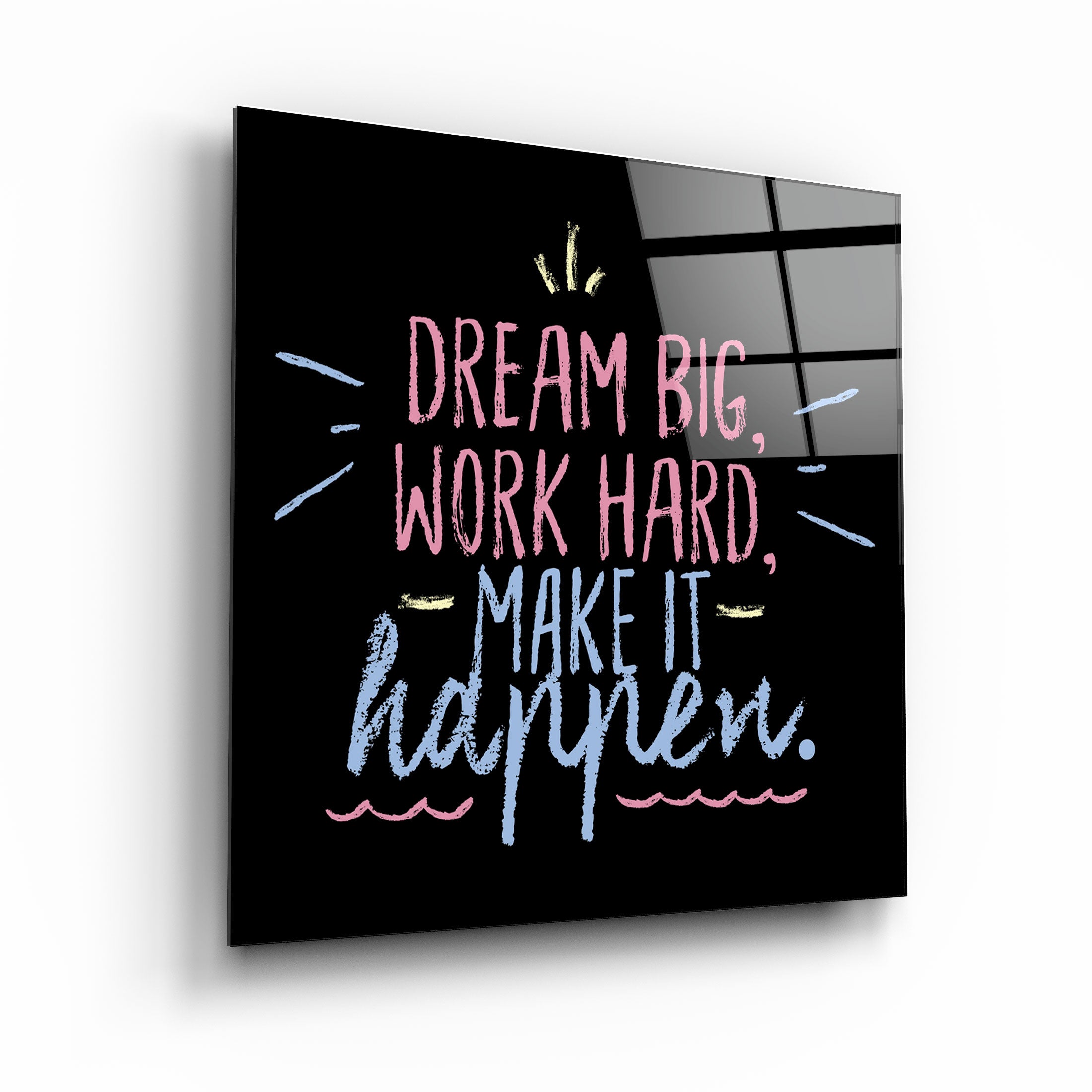
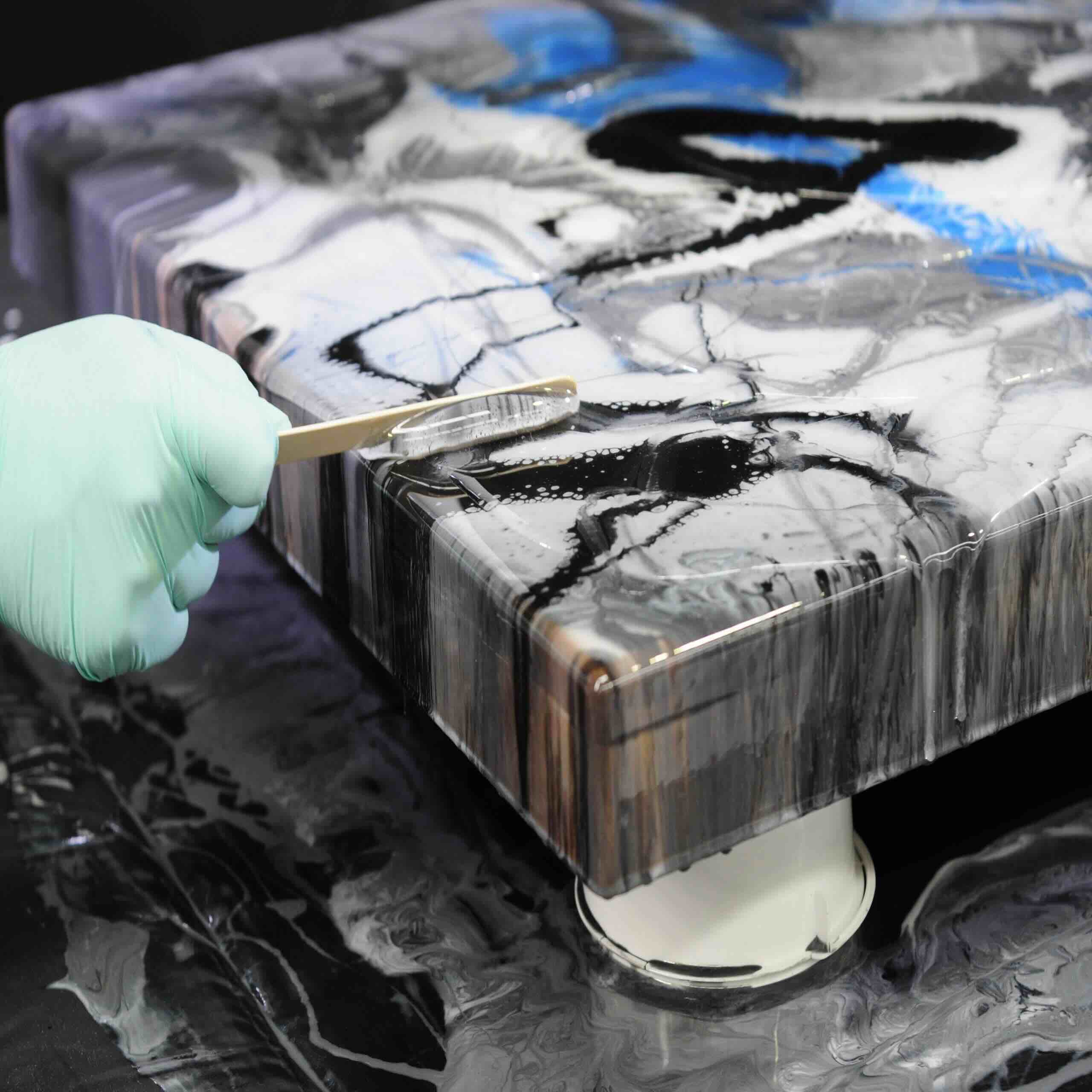
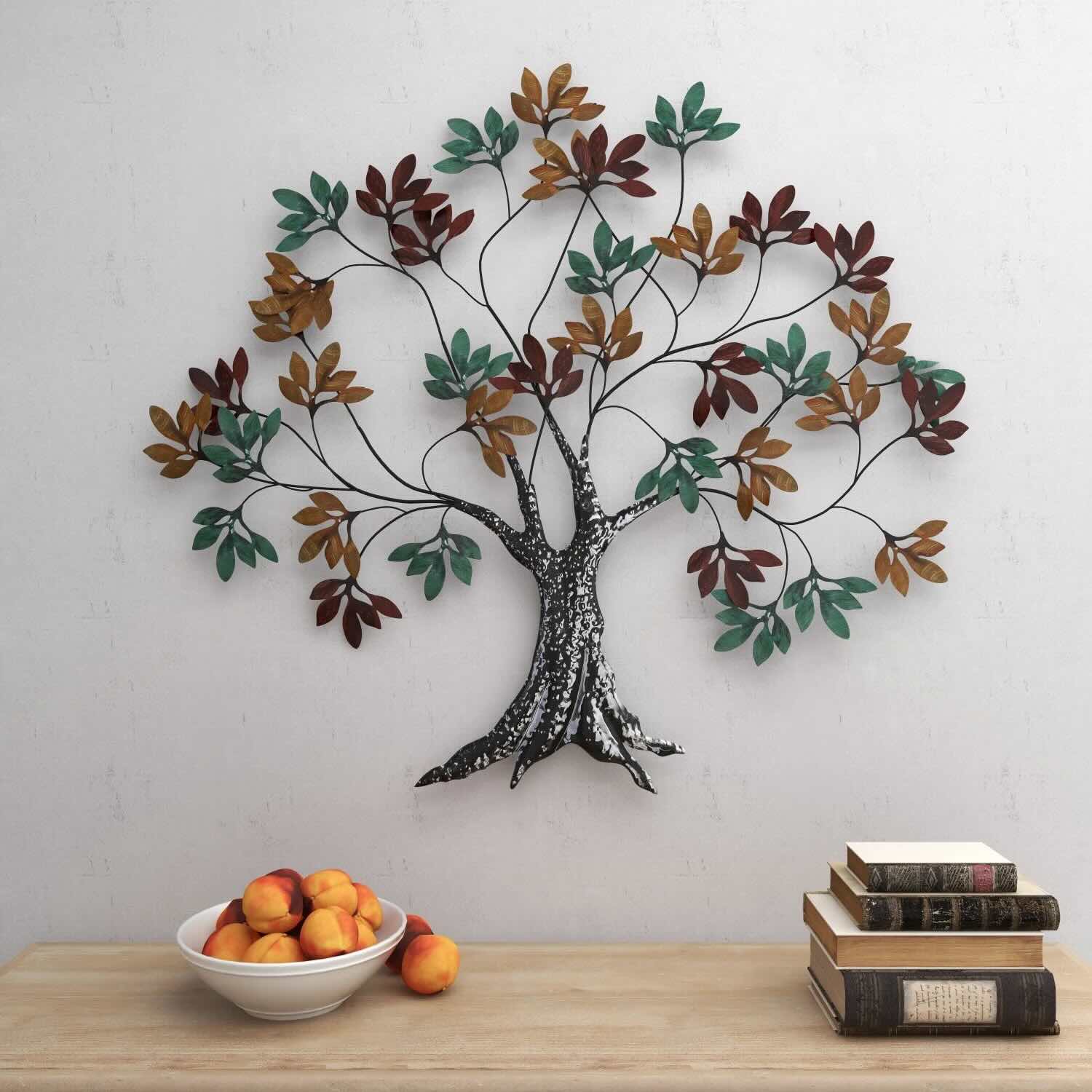
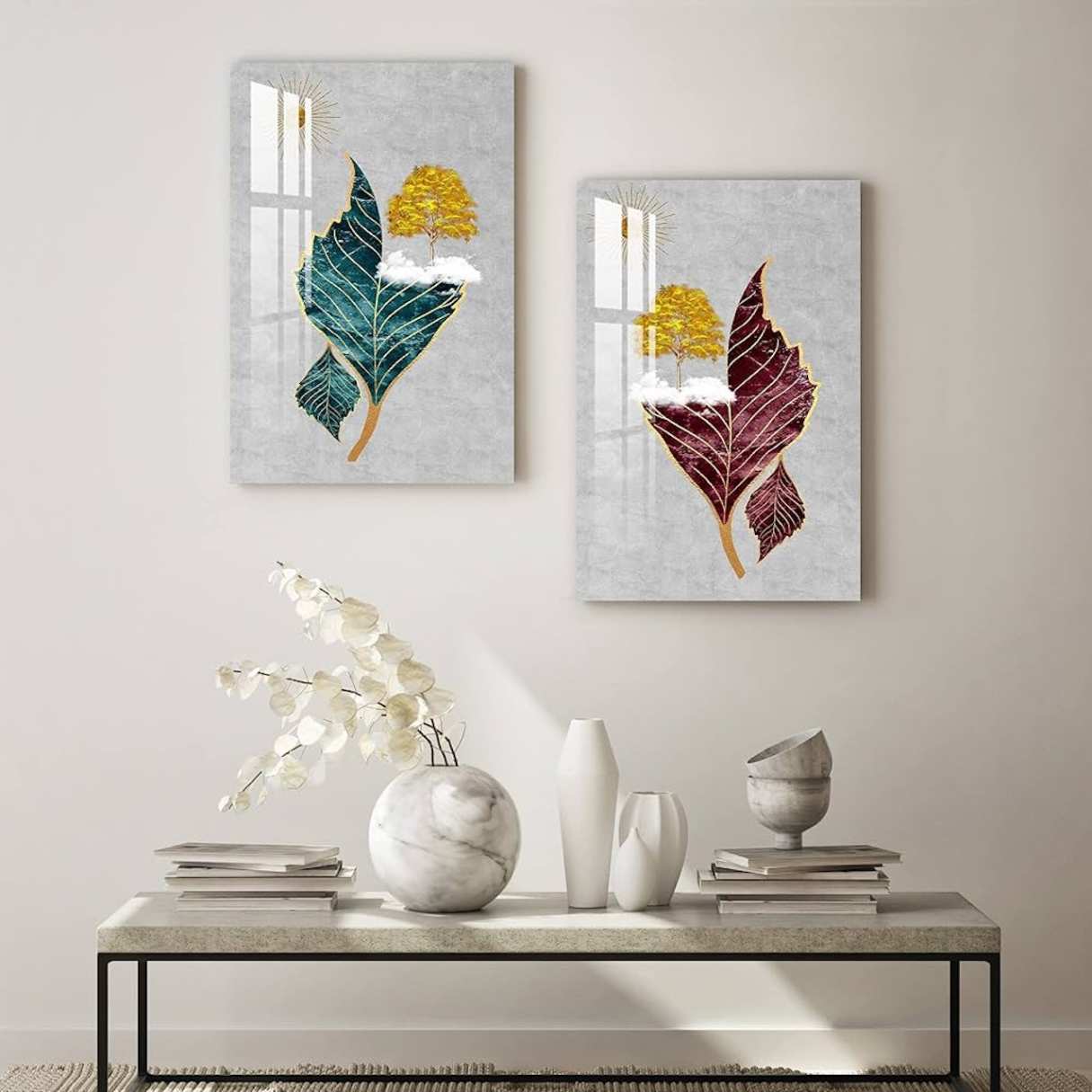
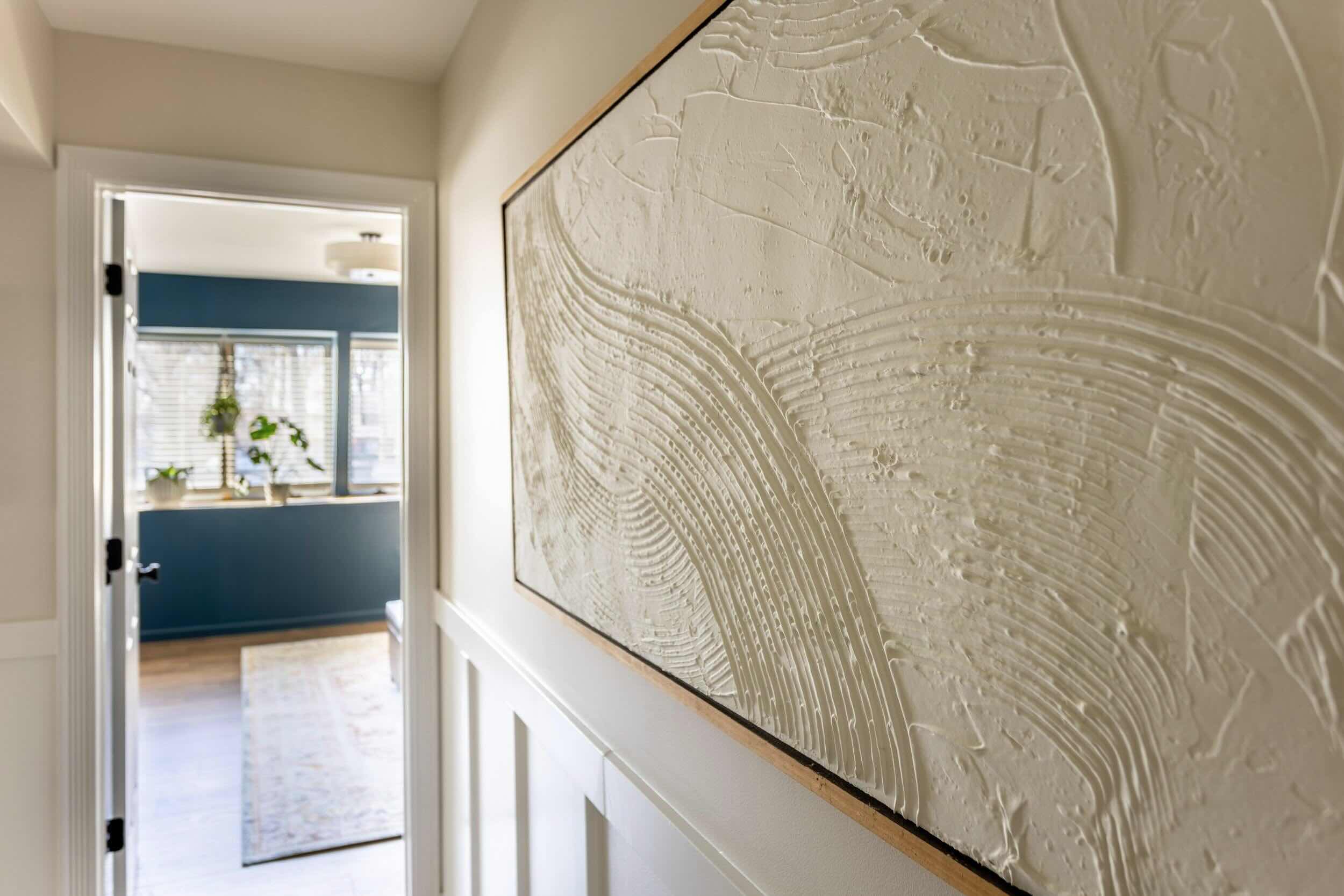
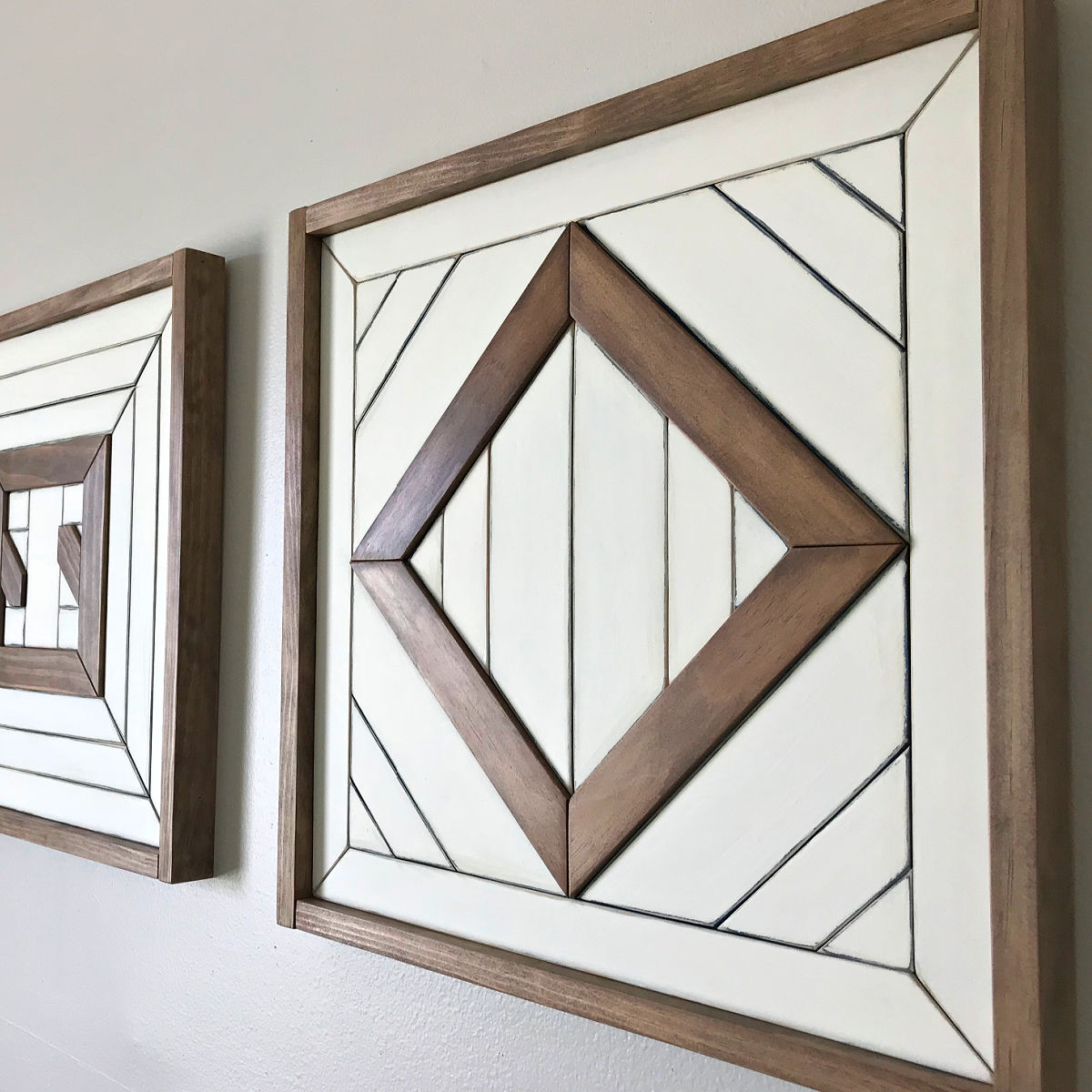
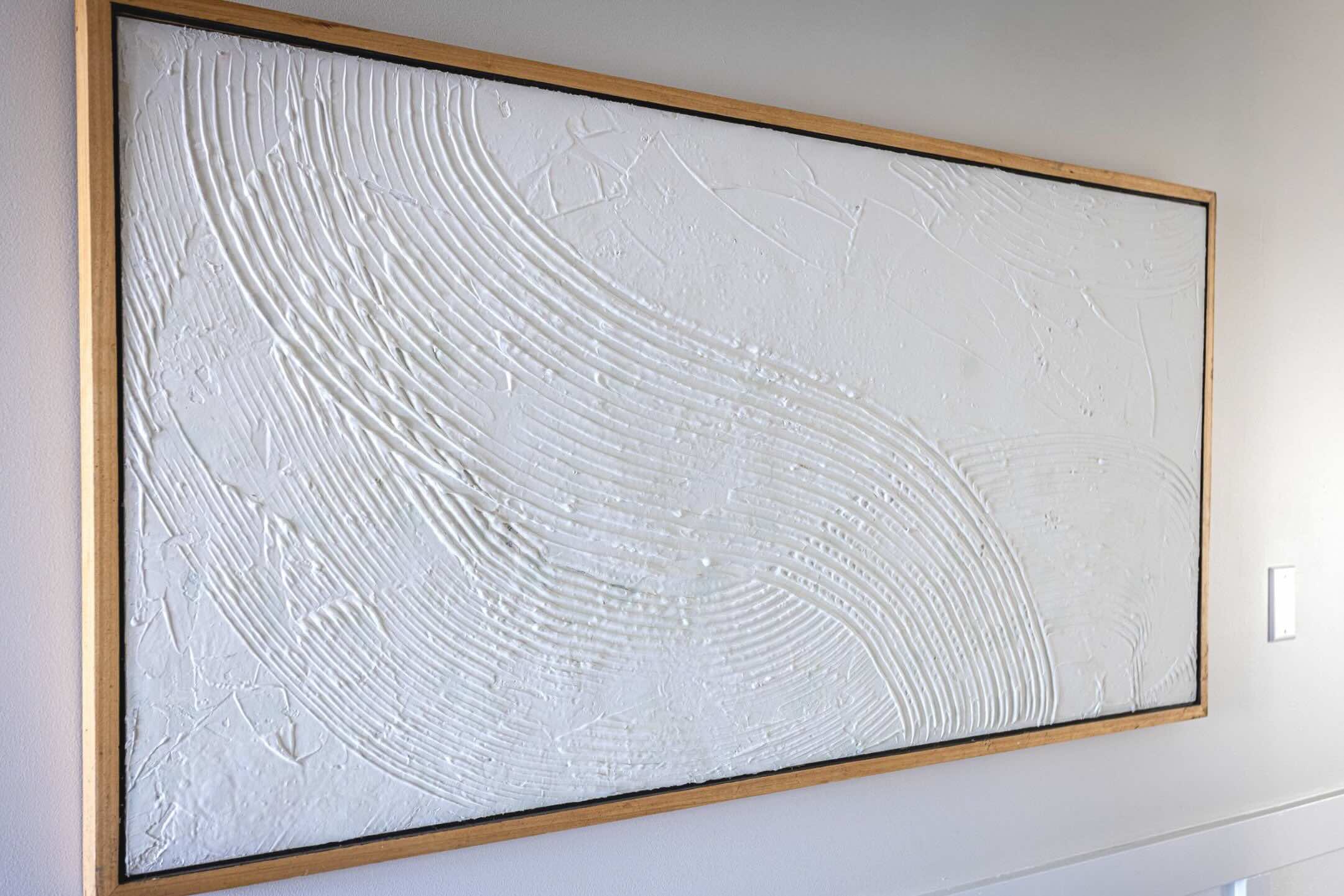
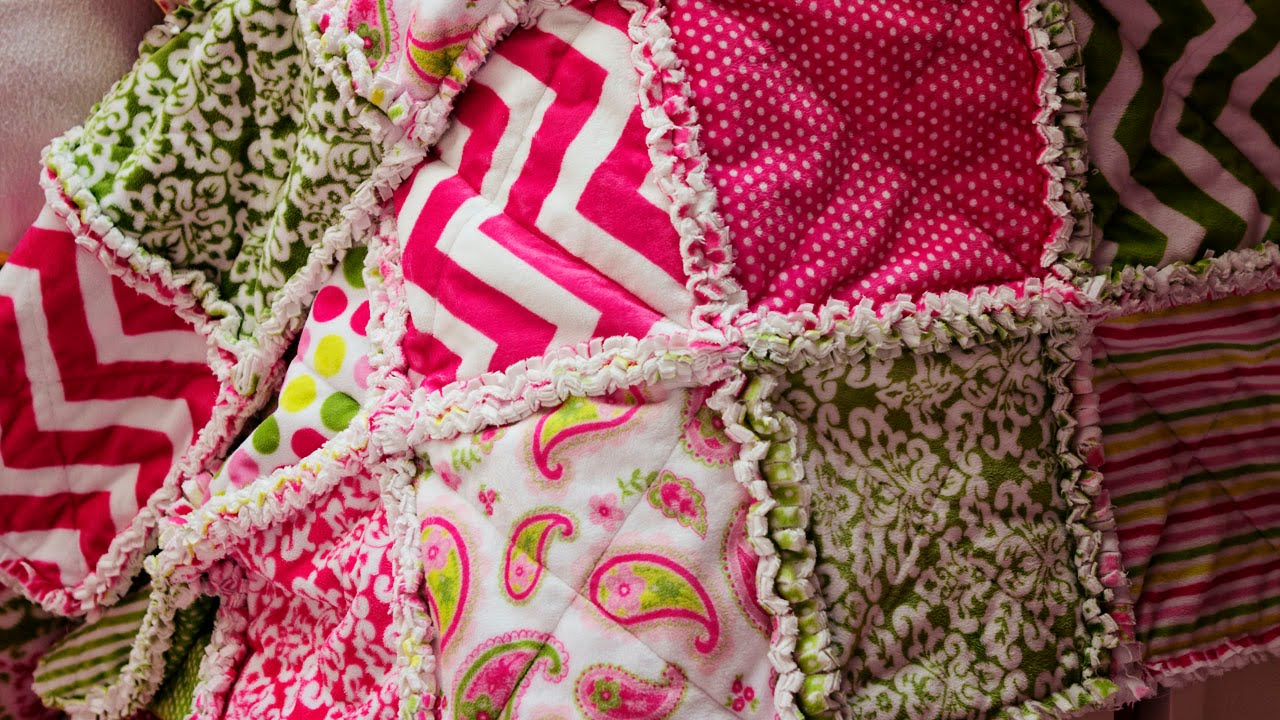
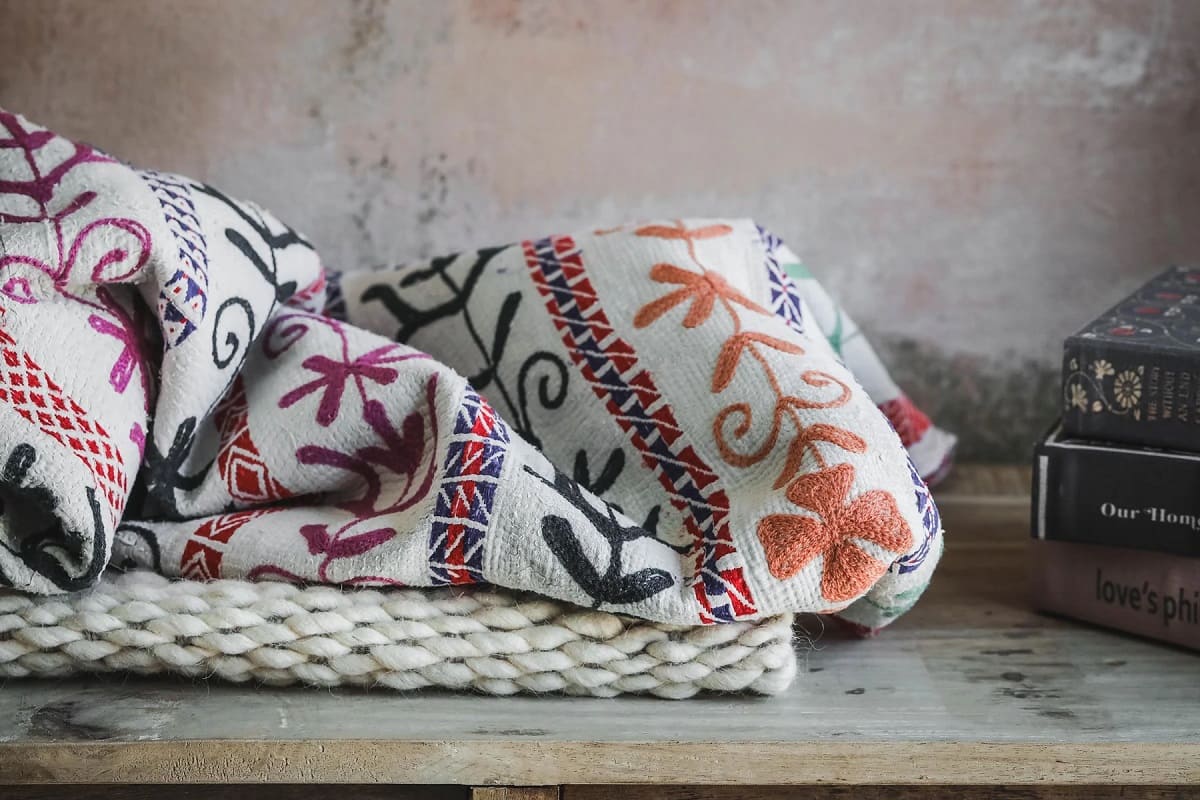
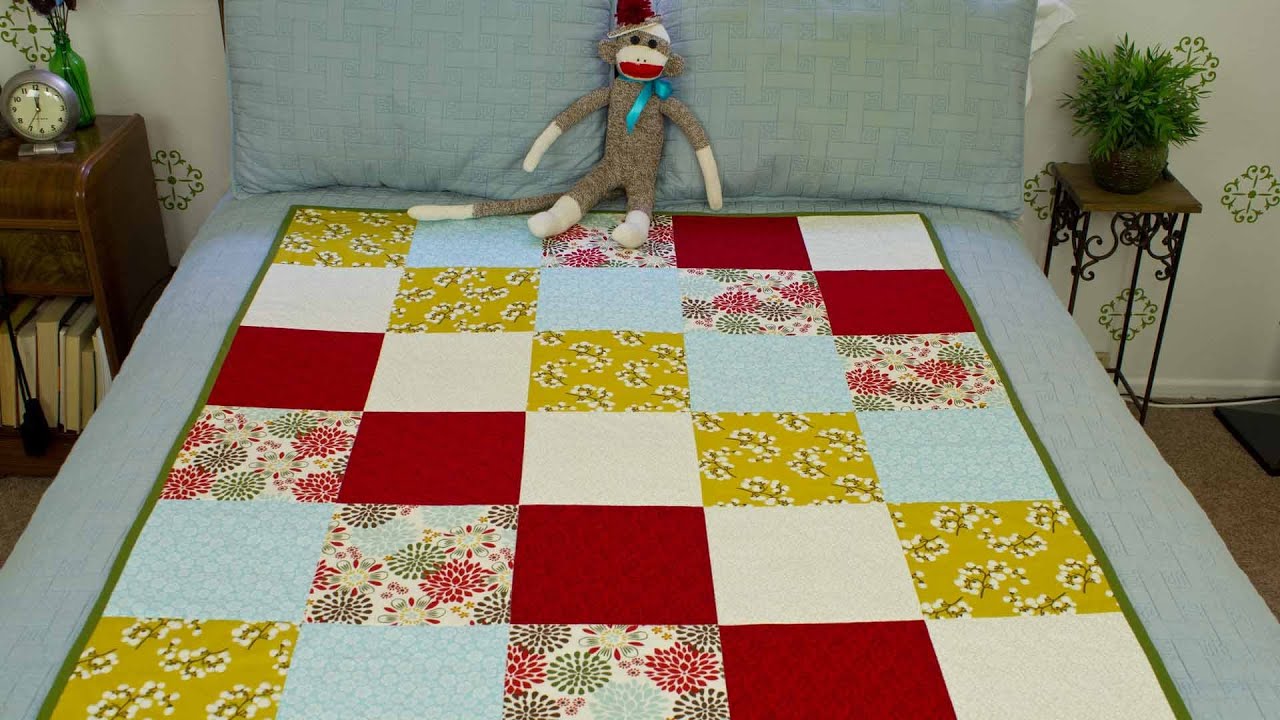
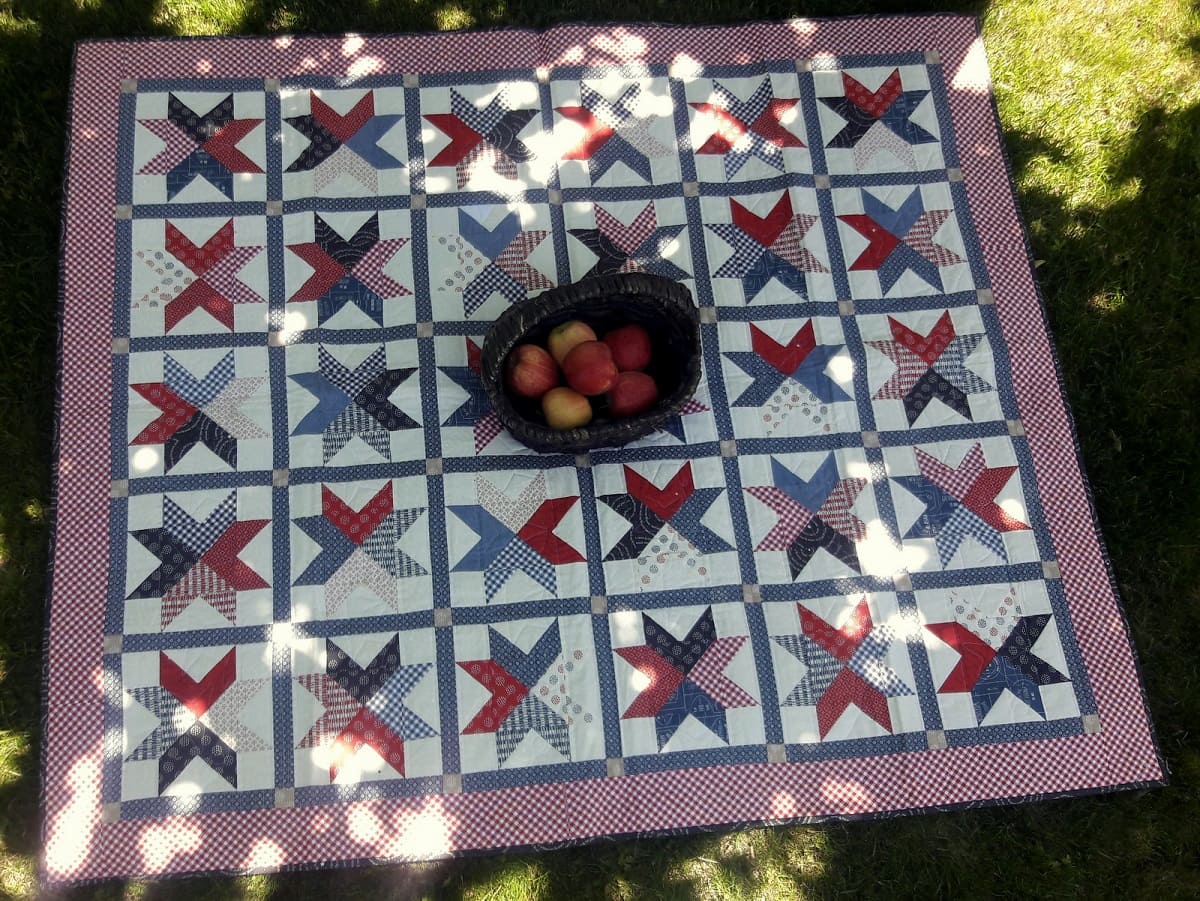
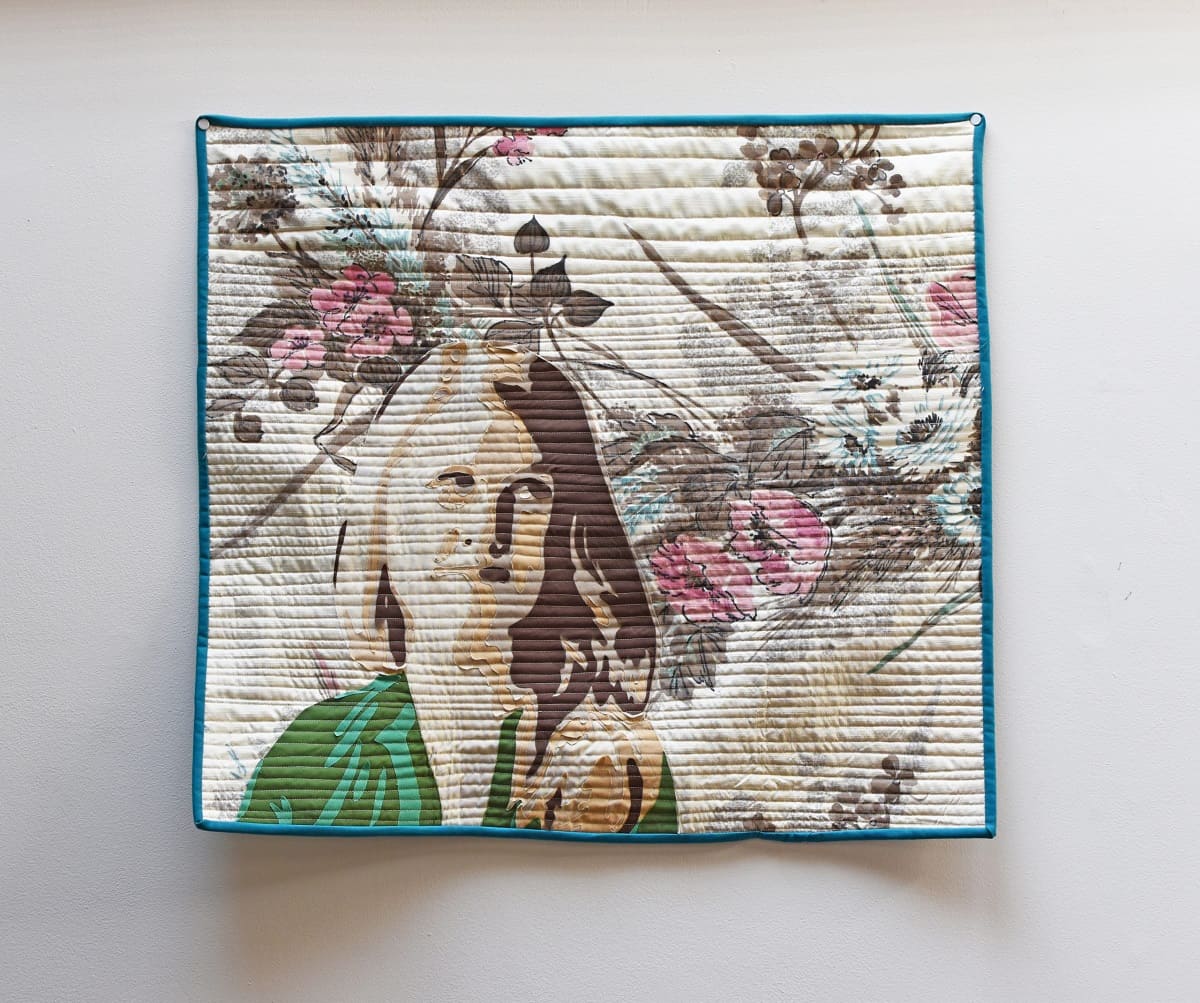
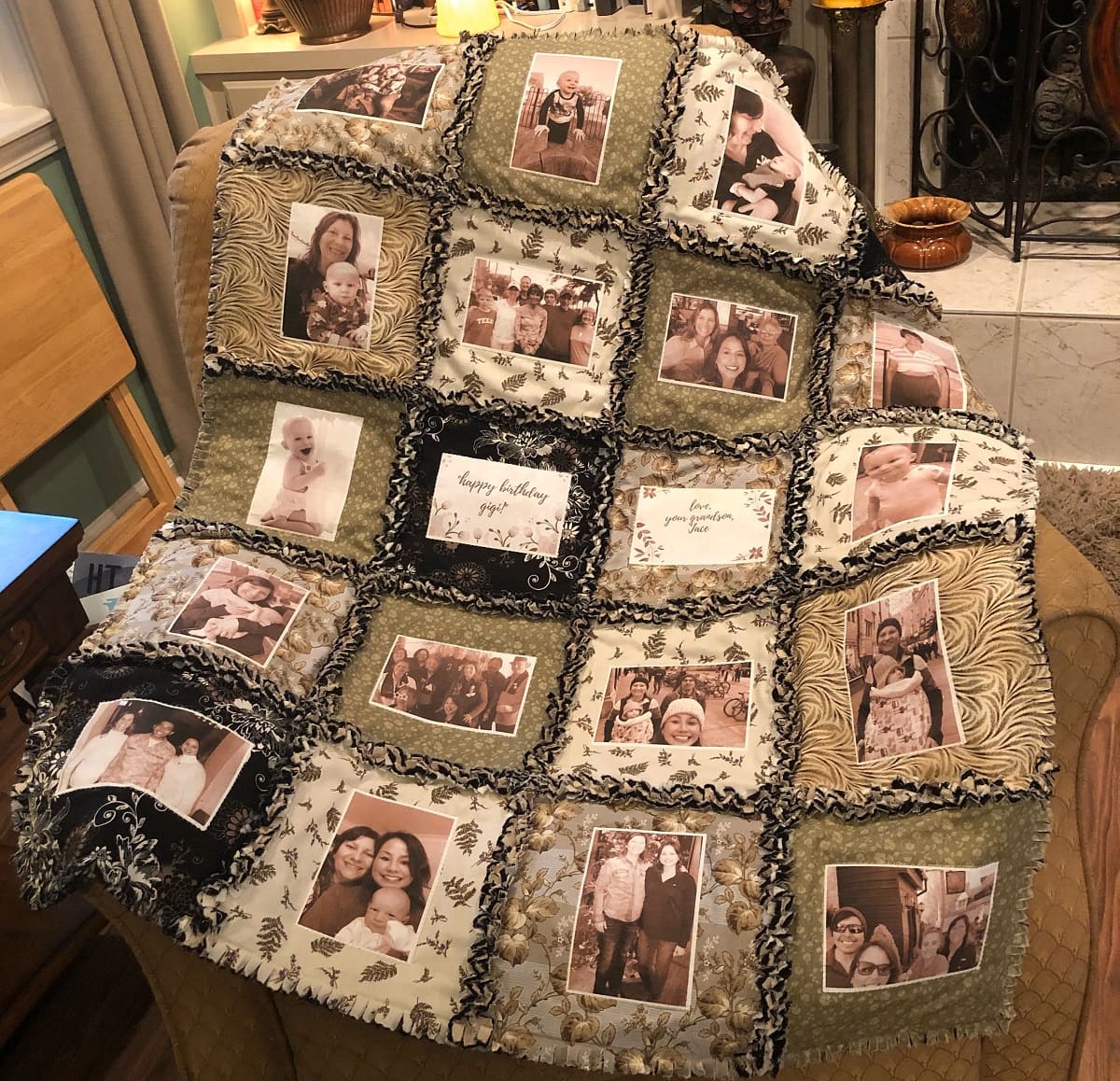

0 thoughts on “How To Make An Art Quilt”